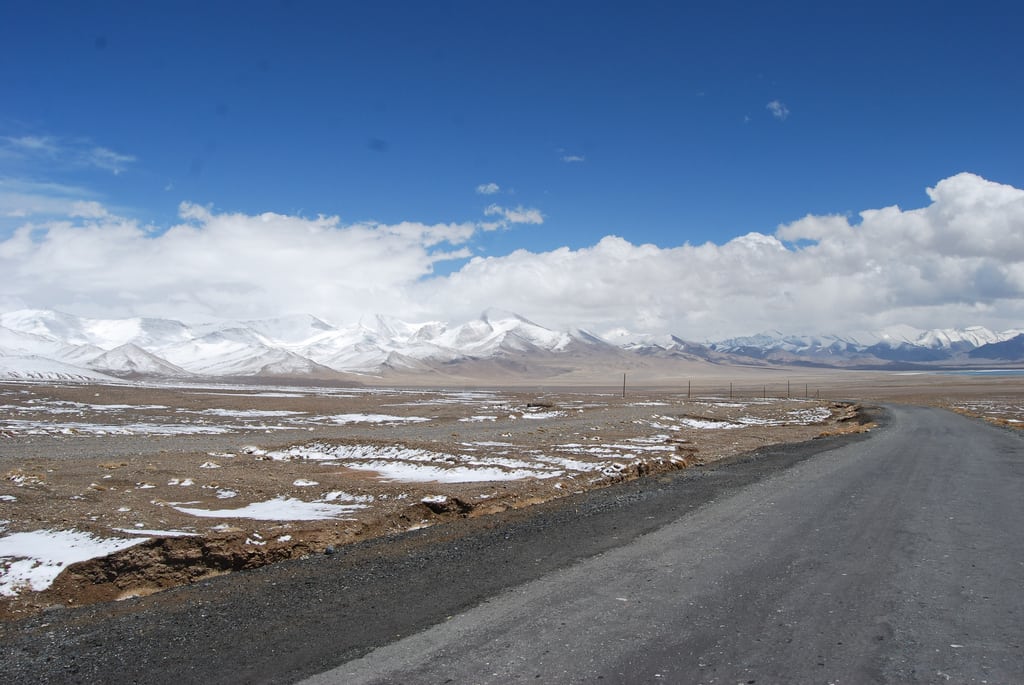Skift Take
Granted, Tajikistan has many challenges outside of an Internet ban -- like a corrupt and paranoid government. But the block of social media sites stops hotels and attractions from reaching out to the world in the cheapest, most effective way.
Blockage of access to a number of websites in Tajikistan including Facebook is strongly hampering the tourism industry of the country, because small stakeholders of tourism have been using Facebook for marketing, and they are all now out of the market. Even Google and Yahoo email systems are mostly not working in Tajikistan.
This situation for the tourism industry in Tajikistan has become grave due to the ban on social media, because poor small stakeholders who could not afford launching of their websites and their marketing, were totally depending upon Facebook and other media tools for marketing and sales.
This ban has thrown them out of the running. According to estimations, around 93% of small stakeholders and above 60% of total tourism stakeholders were using Facebook and other social media tools for promotion of their country and marketing. Social media tools have been banned in Tajkistan due to many political reasons including Tajik government’s claim that social media networking was behind the failed uprising attempt that took place in May 2012 in the autonomous region of the Tajikistan-Badakhshan province — a core tourism attraction of Tajikistan at the gateway of the Pamir Mountains.
Badakhshan valley was virtually closed during May to July 2012 and all communication tools including cellphone services were suspended in this area bordering Afghanistan. It was claimed by the Tajik government that Taliban living in Kunar Valley and Nooristan Badakhshan of Afghanistan tried to install a Taliban form of Islamic government in Tajik Badakhshan with the support of tribal leaders of autonomous Tajik Badakhshan.
It may be mentioned that the area of Badakhshan is historically divided into two parts — one is the lower valley of Badakhshan that falls in Afghanistan and is called Nooristan Badakhshan that is under virtual control of the Taliban. Here, they rule Kunar and Nooritsan Badakhshan having their Islamic Courts and Sharia system.
Much of historic Badakhshan lies within Tajikistan’s Gorno-Badakhshan Autonomous Province located in the southeastern part of the country. “There are no tourists in this region since the uprising, and tourist organizations are closing down their offices due to no show situations, as 99% percent of bookings are cancelled,” claimed one of the local guides of the Gorno-Badakhshan Autonomous Province when contacted by eTurboNews.
There was an international reaction against banning social media in Tajikistan and the Electronic Frontier Foundation (EFF) and US Embassy in Tajikistan expressed their concern over this censorship, but the Tajikistan government strongly defended its decision of banning social media.
The Tajik Director of Communication Services, Beg Zuhurov, released a statement saying: “I received many calls from citizens of Tajikistan asking me to shut down this Facebook as a hot bed of slander. Unknown people there insult the leaders of the state. They are apparently being paid well for that.”
This issue has become international and has multiple dimensions, however, the main losers are small tourism stakeholders. The Region Initiative (TRI), a tri-regional umbrella of tourism-related organizations functioning as a link among three regions — South Asia, Central Asia, and Eastern Europe — supports and markets small tourism stakeholders. TRI appealed to the Tajik government to review its policy and give relief to those websites and Facebook networks that are promoting tourism of Tajikistan and doing real tourism business and are not involved in any political activities.
The Tajik tourism industry was already struggling in the past. Tajikistan is a mountainous landlocked country in Central Asia. Afghanistan borders it to the south, Uzbekistan to the west, Kyrgyzstan to the north, and China to the east. Gilgit Baltistan and Khyber Pakhtunkhwa of Pakistan are separated from Tajikistan by the narrow Wakhan Corridor of Afghanistan in the south.
The Pamir Mountains are the strongest product of this country, but the visa and entry permit system is one of the major impediments for the development of tourism towards the Pamir Mountains. When you travel along the Afghan-Tajik border, you need to have a special permit. When you wish to travel to the Badhakshan region, again you need a special permit from the Governor of Badhakshan.
Border crossings with Uzbekistan and Kyrgyzstan are not very friendly and can be closed anytime without warning. Reaching Pamir Mountains needs too much work for international tour operators, so they are discouraged by the system and offer their clients Kyrgyzstan, Kazakhistan, or Uzbekistan instead of offering Tajikistan. Now after this situation since May 2012, the country is almost standing outside the arena of tourism altogether.
For any query with respect to this article or any other content requirement, please contact Editor at [email protected]. © EturboNews, Inc Provided by Syndigate.info an Albawaba.com company. ![]()
The Daily Newsletter
Our daily coverage of the global travel industry. Written by editors and analysts from across Skift’s brands.
Have a confidential tip for Skift? Get in touch
Tags: facebook, social media, tajikistan
Photo credit: Pamir Highway, Tajikistan, the main draw for the minuscule number of tourists coming into the region. Dieter Zirnig / Flickr.com
